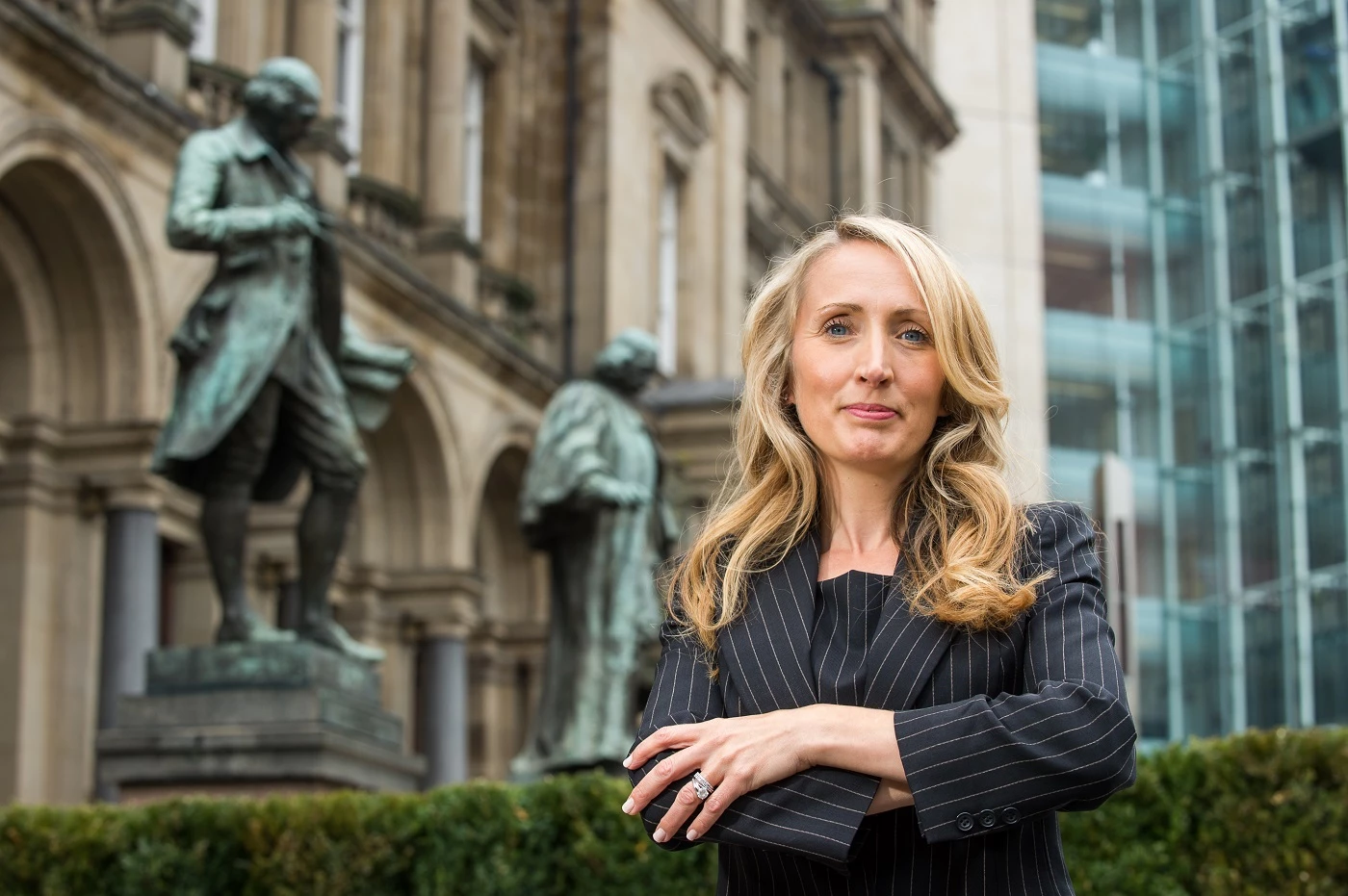
Partner Article
R3 responds to the Q3 2021 insolvency statistics
- There were 3,765 seasonally adjusted corporate insolvencies in Q3 2021, an increase of 16.7% compared to Q2 2021’s figures of 3,226 and a rise of 43.5% compared to Q3 2020 (2,624).
- There were 26,758 seasonally adjusted individual insolvencies in Q3 2021, a fall of 1.8% compared to Q2 2021’s figures of 27,252 and a rise of 32.5% compared to Q3 2020 (20,194).
Eleanor Temple, chair of insolvency and restructuring trade body R3 in Yorkshire and a barrister at Kings Chambers in Leeds, comments on the publication of the Q3 2021 insolvency statistics for England and Wales:
“The economic damage caused by the pandemic is now starting to be reflected in levels of corporate insolvency – but the picture is mixed when looking at the different types of procedure.
“Corporate insolvencies have risen this quarter to the highest quarterly figure since the pandemic began, and this has been driven by a rise in Creditors’ Voluntary Liquidations – to the highest quarterly total in 12 years.
“That said, administrations have remained static compared to Q2, while there has been a small drop in the number of CVAs; both of which are much lower compared to the year before.
“The rise in CVLs would suggest that company directors are choosing to close their businesses after trading for more than a year and half during a pandemic and deeming future success unlikely.
“This is understandable given the current economic climate. Over the last three months, businesses have faced a perfect storm of rising energy prices, labour market and supply chain issues, coupled with the winding down and withdrawal of the Government’s support measures.
“In addition to this, consumer spending and confidence declined over the late summer and early autumn as people worried about their finances and the future of the economy, and cut back on their spending as a result.
“As we enter the winter months, directors need to be alert to signs their business might be distressed, which include cashflow issues, problems paying staff or suppliers and increasing stock levels – and seek advice as soon as any of them present themselves, or if they become worried about their business and its finances. Most insolvency professionals’ initial consultations to identify recovery options are given free of charge.”
Personal insolvencies fall; DROs rise
“The quarterly reduction in personal insolvencies is down to a fall in Individual Voluntary Arrangements and Bankruptcies. However, personal insolvency levels are significantly higher than a year ago, and this is driven by Debt Relief Order numbers increasing to the highest quarterly total since the start of the pandemic, which suggests more people are seeking help to manage their debts.
“It’s been a difficult three months for consumers and for personal finances. While Government initiatives like the furlough scheme have helped a great many people, they haven’t been able to help everyone.
“And while the pandemic has led to a number of people being able to save or pay off their debts, there are others who have had to borrow or use savings to pay their bills, and those on lower incomes have been the most badly affected financially.
“Our message to anyone worried about their finances is simple: seek advice. We know how hard it is to talk about your money worries, but having that conversation before your problems spiral gives you more potential solutions and more time to take a decision about which of these is best for you.”
This was posted in Bdaily's Members' News section by Emma Kilmurray .
Enjoy the read? Get Bdaily delivered.
Sign up to receive our popular Yorkshire & The Humber morning email for free.






 A legacy in stone and spirit
A legacy in stone and spirit
 Shaping the future: Your guide to planning reforms
Shaping the future: Your guide to planning reforms
 The future direction of expert witness services
The future direction of expert witness services
 Getting people into gear for a workplace return
Getting people into gear for a workplace return
 What to expect in the Spring Statement
What to expect in the Spring Statement
 Sunderland leading way in UK office supply market
Sunderland leading way in UK office supply market
 Key construction developments in 2025
Key construction developments in 2025
 Mediation must be part of planning process
Mediation must be part of planning process
 From apprentice to chief financial officer
From apprentice to chief financial officer
 Don't stifle growth with apprenticeship cuts
Don't stifle growth with apprenticeship cuts
 The start-up landscape: What lies ahead in 2025
The start-up landscape: What lies ahead in 2025
 JATCO adds welcome drive to automotive sector
JATCO adds welcome drive to automotive sector